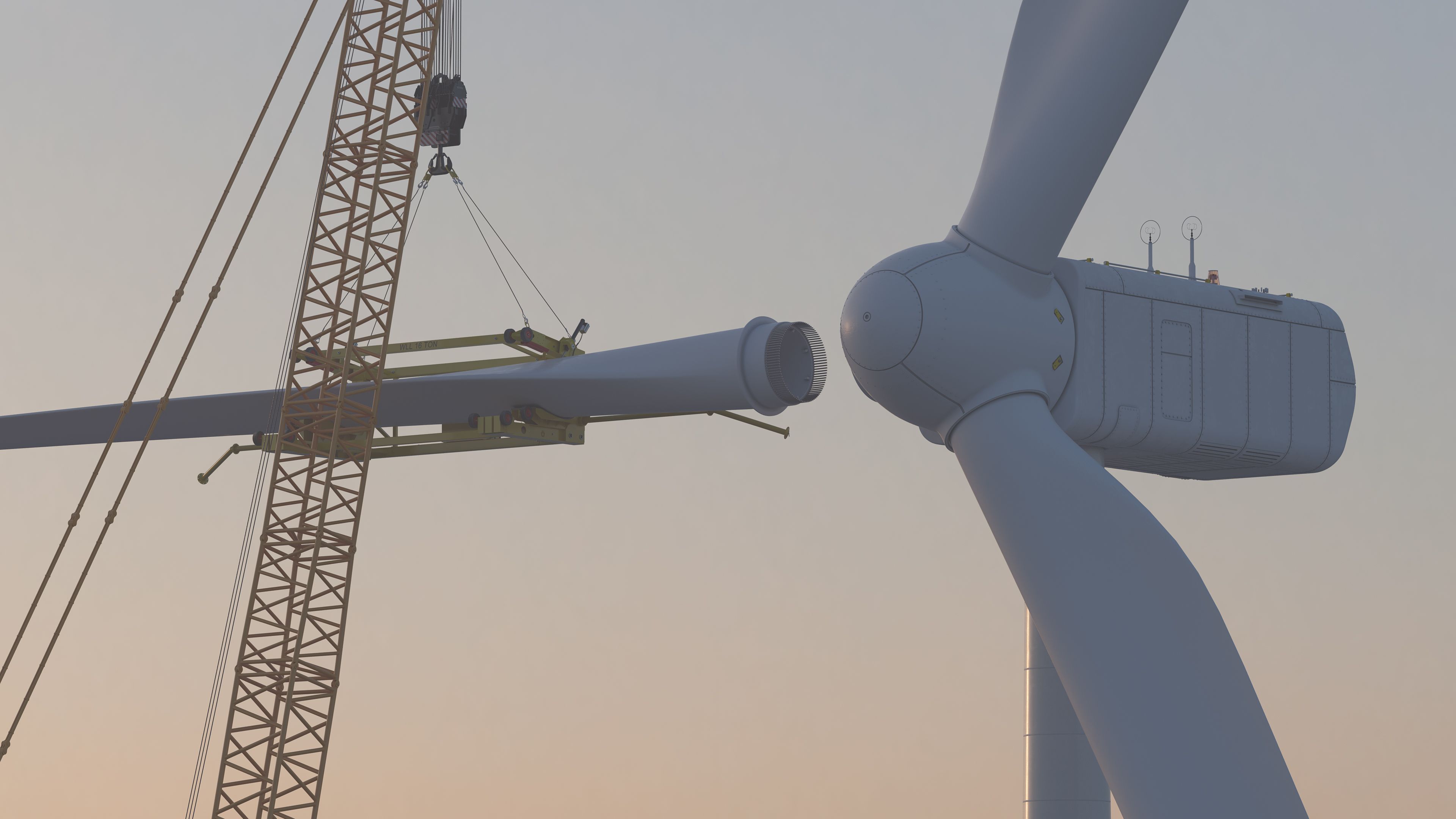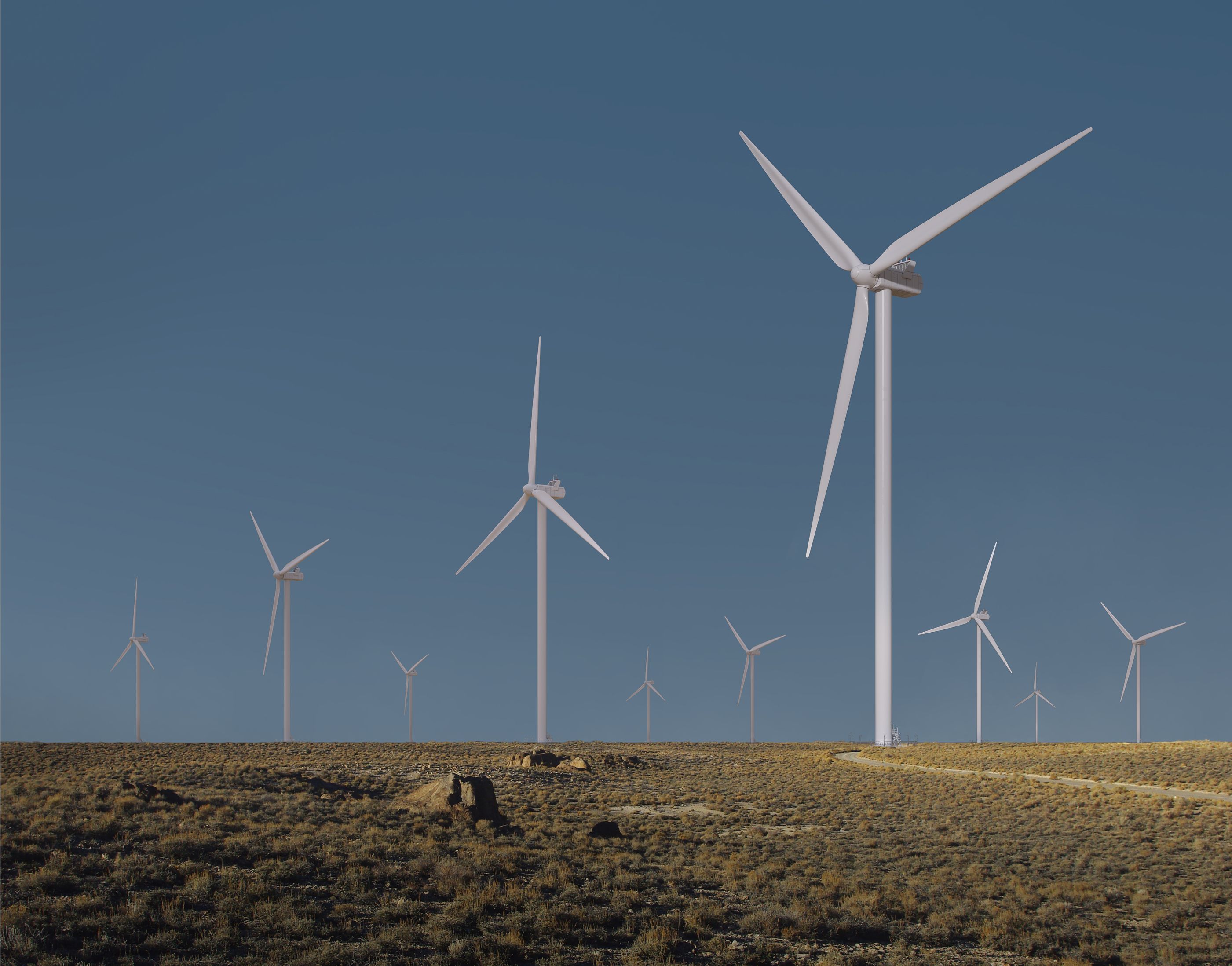Wind Energy
The world increasingly demands 24/7/365 clean energy.
Wind energy, as one of the WindRunner's primary applications, can meet the need for consistent low-cost clean energy. It achieves this because it combines a relatively high-capacity factor with low-cost power. This makes it great for traditional grid as well as non-grid applications such as data centers, and for the production of green molecules such as green hydrogen, green ammonia and sustainable aviation fuel. It will play a major role in all these applications.
As much as $10 trillion will be spent on onshore wind through 2050*, making GigaWind the largest energy transition opportunity in the world.
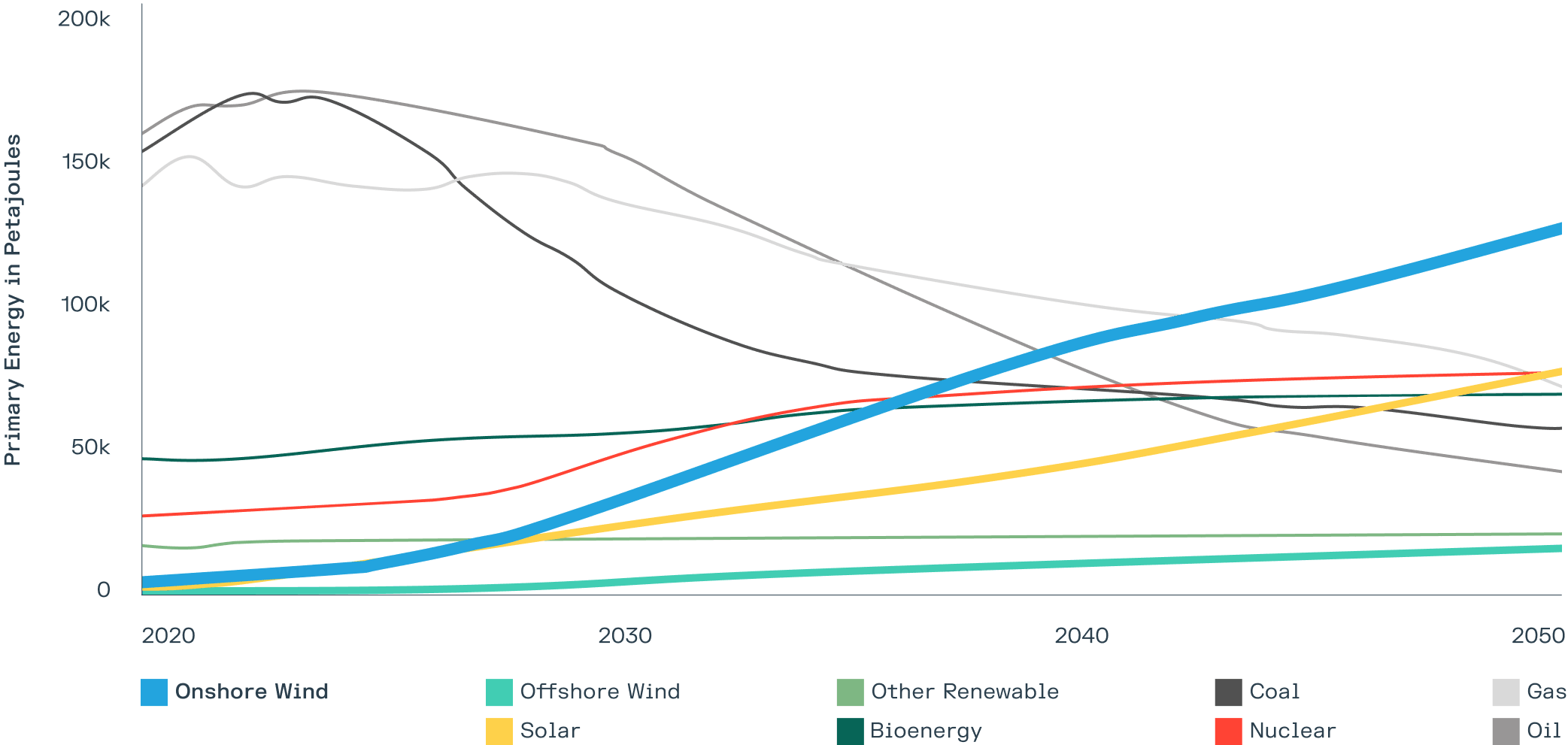
Onshore wind is more practical than offshore wind – easier to build and maintain. GigaWind brings the scale advantages and economies of large offshore wind turbines to the onshore environment.

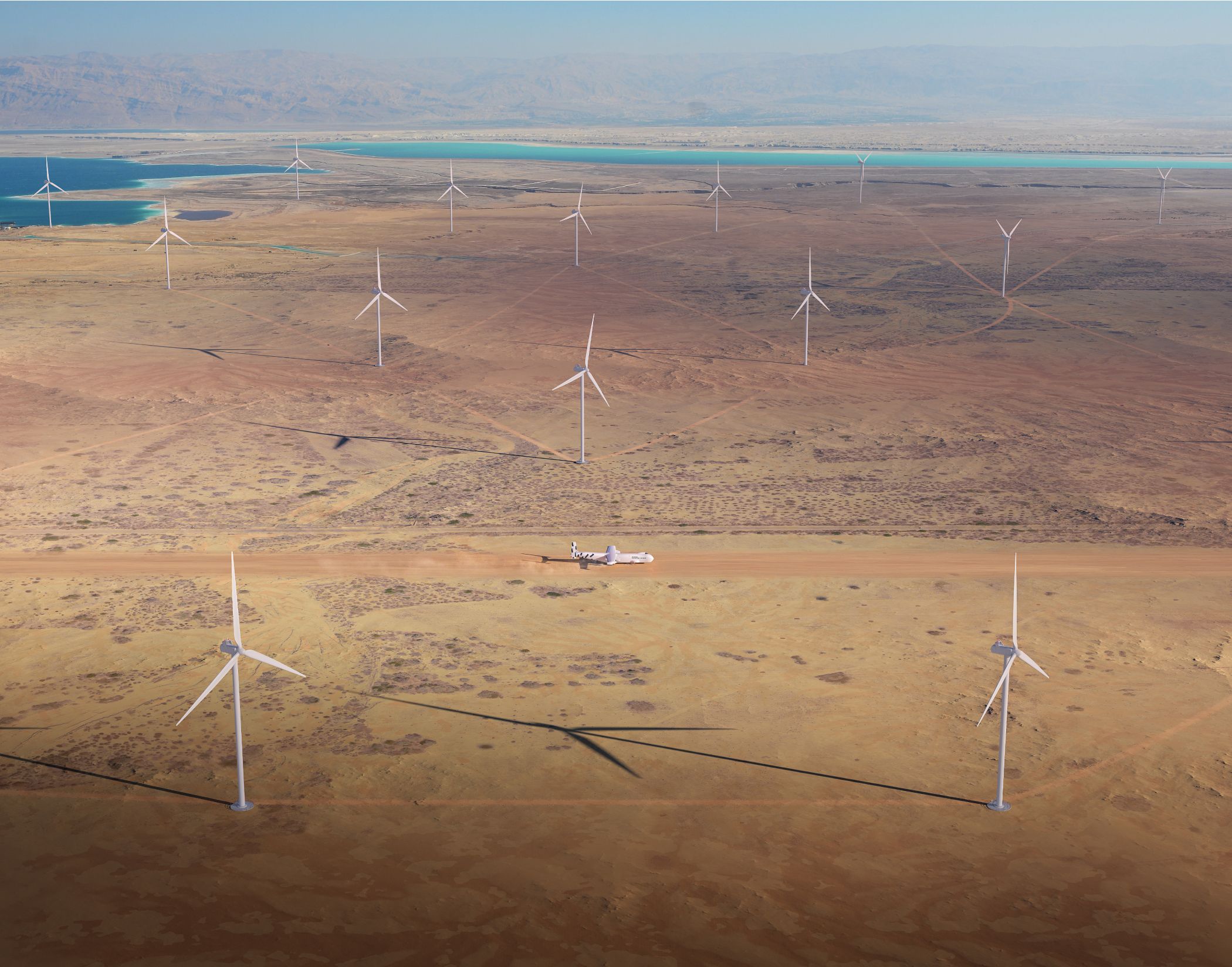
Lower cost wind power
Most consistent renewable energy
The GigaWind Advantage
GigaWind – the largest, most powerful turbines ever deployed onshore – creates unprecedented economies of scale, delivering lower cost clean energy and expanding the addressable market for wind power.
Longer blades mean GigaWind provides a step function improvement in cost and output steadiness compared to today’s wind turbines
New Geographies for Wind Energy
GigaWind performs better in nearly all environments, making wind energy economical in many more places
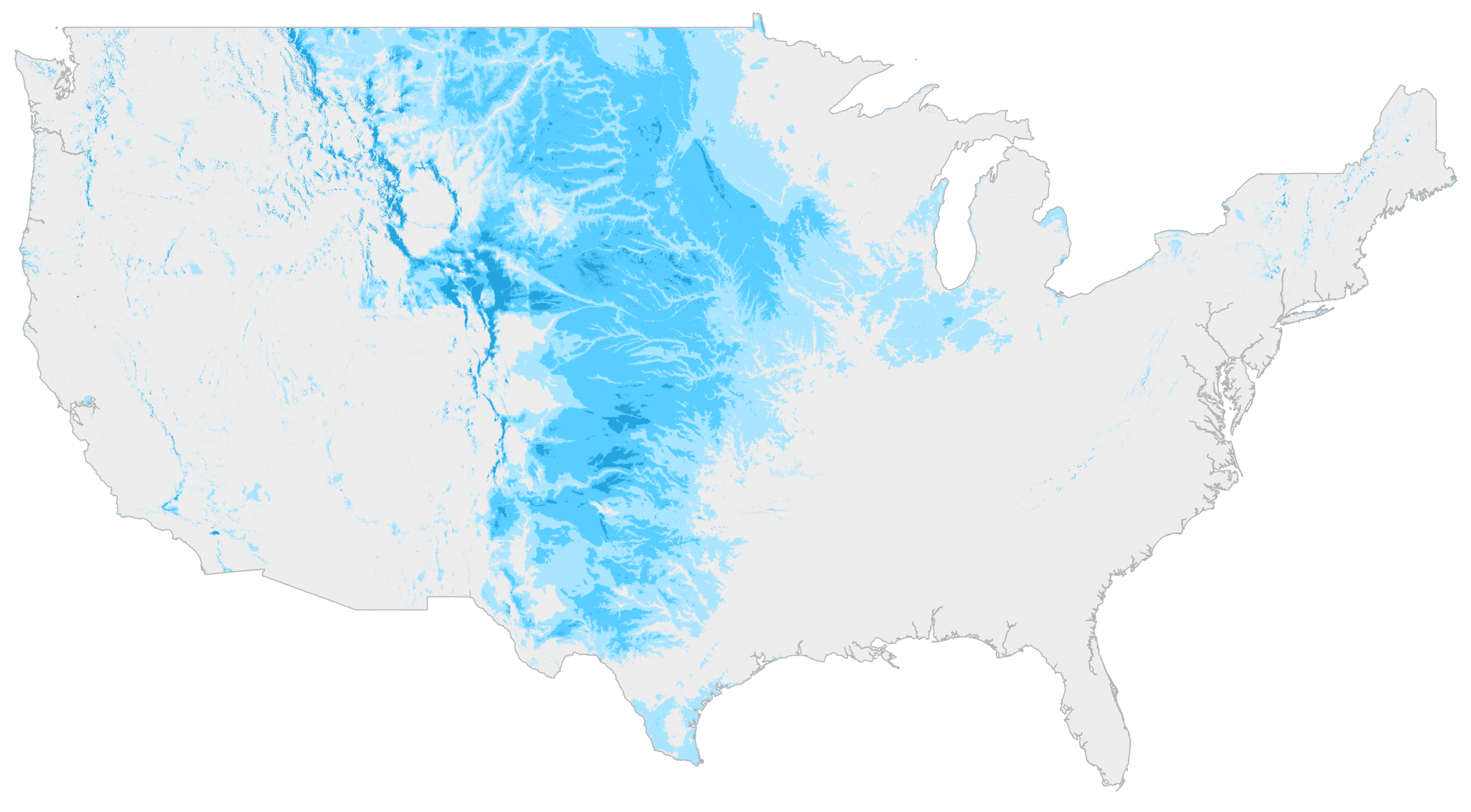

Wind and solar are even better together
GigaWind performs best in the winter, while solar energy performs best in the summer
GigaWind generates the most power at dawn and dusk, while solar energy generates the most power in the afternoon
GigaWind complemented with solar energy often produces the best combination of cost and capacity factor
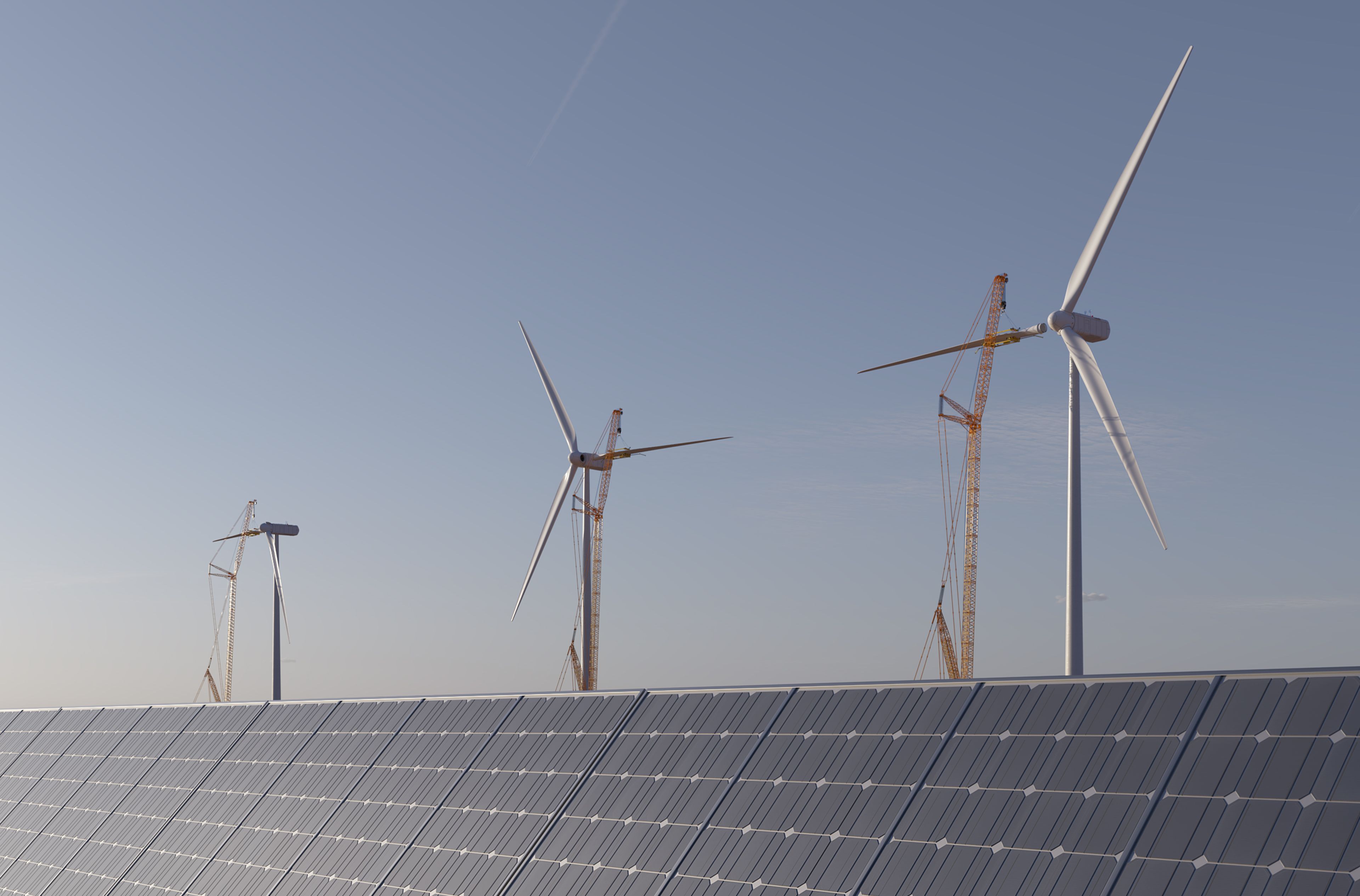
GigaWind and the Artificial Intelligence Economy*
GigaWind’s low cost and high capacity factor are both needed to tackle the immense load growth from AI
Data centers that power AI operations consume a substantial amount of energy. In 2022, data centers, AI, and cryptocurrency sectors consumed approximately 460 terawatt-hours (TWh) of electricity, accounting for nearly 2% of global electricity consumption.
With the ever increasing integration of AI, energy demands are expected to rise substantially. Projections indicate that by 2026, U.S. data centers could consume about 6% of the country’s total electricity. There will not be enough natural gas power generation capacity to cover this growth. But even if there was, it is both cheaper and cleaner to combine renewables alongside gas generation for 24/7 power for data centers.
Renewable hybrid is overwhelmingly the better and less risky solution for low carbon power. If you have access to GigaWind enabled by Radia’s WindRunner, then it’s virtually cheaper over 90% of the lower 48 states to use GigaWind-led renewable facilities.

Path to Decarbonization
As data center operators look to adhere to their ambitious net-zero commitments, the choice of decarbonization may be between natural gas fired generation with carbon capture and sequestration


